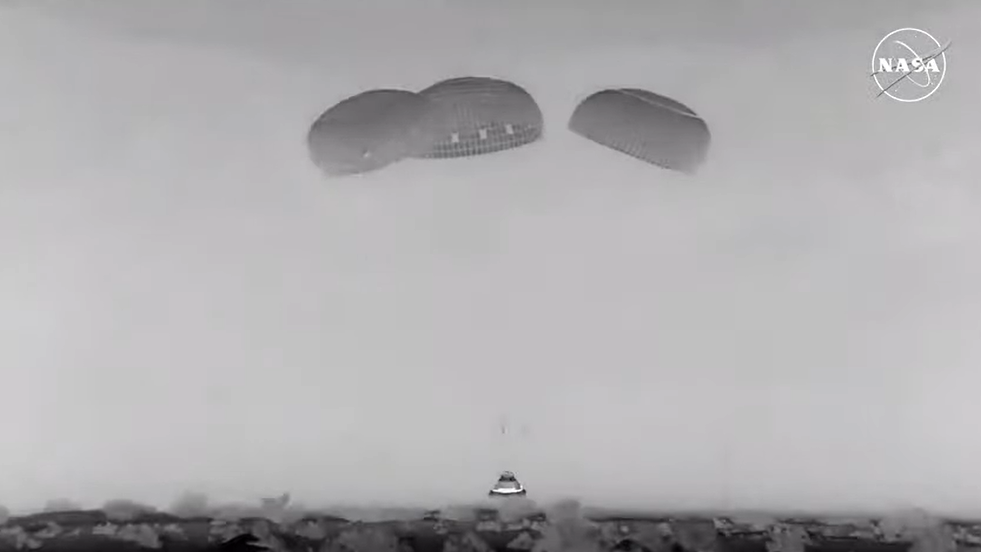
The Boeing Starliner landed at White Sands Spaceport in New Mexico at 12:01 a.m. EDT on Sept. 7. Credit: NASA
Boeing’s Starliner safely departed the International Space Station on the evening of Friday, September 6, albeit without its crew, and made a soft landing at White Sands Spaceport in New Mexico at 12:01 a.m. EDT the following morning.
The reentry and landing concluded a test flight to the International Space Station that was unexpectedly extended after Starliner. It experienced helium leaks and propellant malfunctions. on June 6, shortly after its release.
The two astronauts aboard the Starliner, Barry “Butch” Wilmore and Sunita “Suni” Williams, have remained on the ISS ever since along with the Crew of Expedition 71After weeks of in-orbit and ground testing, technical meetings and agency reviews, NASA announced in August that Wilmore and Williams would return to Earth via the SpaceX Dragon spacecraft next February.
TO NASA Friday Press Release The agency stated that its “Commercial Crew Program requires a spacecraft to conduct one crewed test flight to demonstrate that the system is ready for regular flights to and from the orbiting laboratory.” But the agency was noncommittal about whether this flight, which began with a crew and ended without one, would count. “Following Starliner’s return, the agency will review all data related to the mission,” NASA’s statement said. That raises the possibility that another crewed test could be necessary before NASA gives the go-ahead for regular Starliner operations.
Ken Bowersox, associate administrator for the Space Operations Mission Directorate at NASA Headquarters in Washington, D.C., said in the statement that he was “extremely proud” of his team’s work during the flight test and “glad to see the safe return of Starliner. … Although it was necessary to return the spacecraft uncrewed, NASA and Boeing learned an incredible amount about Starliner in the most extreme environment possible. NASA looks forward to our continued work with the Boeing team to move toward certifying Starliner for crew rotation missions to the space station.”
The June 5 flight was the first in which astronauts took off aboard Boeing's Starliner. The capsule had previously made two uncrewed test flights, including one to the orbiting laboratory and back. The Starliner capsule will now be sent to NASA's Kennedy Space Center in Florida for inspection and processing.
“We are very pleased that Starliner has returned home safely,” Steve Stich, director of NASA’s Commercial Crew Program, said in the statement. “This was an important test flight for NASA, preparing us for future missions in the Starliner system. Much valuable learning was learned that will set us up for long-term success. I want to congratulate the entire team for their hard work and dedication over the past three months.”
Bringing Starliner home
As planned, Starliner lifted off from the ISS at 6:04 p.m. EDT Friday night.
The spacecraft’s 59-second deorbit burn went off without a hitch just over five hours later, at 11:17 p.m. EDT. Despite initial concerns about the much-scrutinized rear-facing thrusters, telemetry display on NASA’s broadcast showed they appeared to ignite as needed.
The service module separated and performed its burnout, and then Starliner prepared to reenter the atmosphere and land around midnight.
Live video taken from the ISS and two NASA chase planes showed the craft streaking through the atmosphere less than an hour before the craft landed at the White Sands Spaceport at 12:01 a.m. EDT. Landing and recovery teams followed behind NASA. Previously published mission schedule plansand the spacecraft then headed to the Kennedy Space Center.
On an early morning landing press conferenceStitch said that upon leaving the ISS, Starliner had performed a “breakout” sequence. “(It’s) the first time we’ve used that to get away from the station,” he said. “We backed off about 5 meters and then did a series of about 12 burns using the forward thrusters on the service module. After that sequence of maneuvers, we ended up opening them up about 22 kilometers per (orbit) away from the space station. All of those thrusters performed very well during that SEP (Solar Electric Propulsion) sequence, without any issues. (There were) no failures or any problems at all.”
He also said that the Starliner's eight forward thrusters and two aft thrusters performed well during an intense fire.
“We had great performance from the GNC system, the guidance navigation control (and) the VESTA (navigation and docking) system,” Stich said. “On the last flight (Orbital Flight Test 2), we had a little bit of an issue with what we call a ‘calibration maneuver’ to make sure the attitude is good for this SIGI (space-integrated GPS) system, and it went really well. We had a deorbit burn that ran on time at 11:17 p.m. Central. It was about 130 meters per second, a 58-second burn. It was a really good burn and the service module thrusters performed well for that burn (and) the OMACs (engines) performed well.”
During the deorbit burn, Stich said the team noticed temperatures were a bit higher in the starboard “doghouse” (the name for the external housings where the thruster groups are mounted). He said one thruster in each of the starboard and upper doghouses was “a little bit higher in temperature than expected,” though none shut down.
Stich said the Starliner performed excellently during entry, but one of the crew module’s 12 thrusters — an upfiring thruster — didn’t work at all during an intense burn before entry. He also said the third of the triple-redundant SIGI navigation systems temporarily failed during landing. The second SIGI system also had a pair of issues during entry that Stich said his team would be investigating.
What's next for NASA and Boeing?
Despite the change in mission plans in recent months, Mantalbano said he would not describe this test flight as a failure, or even a “successful failure,” as Apollo 13 has often been called.
“We knew this would be a test mission,” Mantalbano said. “We learned a lot. The teams worked together, both Boeing and NASA, to understand the spacecraft systems and how they work… To me, (this was) a success. It’s clear that (we) have work to do. The teams will understand that work and move forward.”
Asked whether the next flight would be fully certified or another test flight, Stich said it was too early to say.
Stich said one of the first things NASA will do when Starliner returns to Kennedy Space Center is analyze onboard data records, which are more detailed than the live telemetry transmitted to Earth.
“With the test flight, we have a number of sensors on the systems that are recording data,” Stich said. “We want to download all that high-speed data and take a look at it… So it will take a couple of weeks to get that data back and a week or so to get the data off the spacecraft.”
Stich said NASA and Boeing's next steps will focus on understanding why the cabins overheated and what modifications can be made to prevent that from happening in the future. That includes possible physical modifications such as removing thermal insulation and also software modifications to how the thrusters operate.
Several reporters at NASA's news conference asked why Boeing was not present to answer questions. Joel Mantalbano, NASA's deputy associate administrator for the space operations mission directorate, responded that Boeing deferred to NASA because it represents the mission.
“I will tell you that Boeing has critical work that it does for NASA in the International Space Station Program, the Commercial Crew Program and the Space Launch Systems Program,” Mantalbano said. “Their work is critical to our success and we fully expect Boeing to continue those three programs.”
Asked again whether the relationship between NASA and Boeing had been damaged, Mantalbano reiterated his previous statement.
“I think from a human perspective, we’re all happy about the successful landing, but there’s also a part of us — all of us — that wishes it had gone the way we had planned,” Stich added. “We had planned for the mission to land with Butch and Suni on board. I think depending on who you are on the team, there are different emotions associated with that. And I think it’s going to take a little bit of time to figure out. For me, a little bit, and then for everyone else on the Boeing and NASA team.”








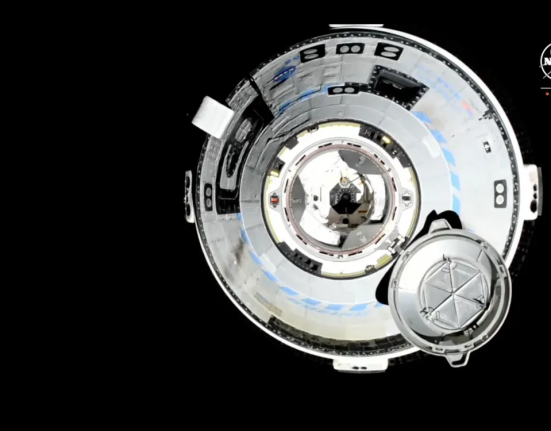
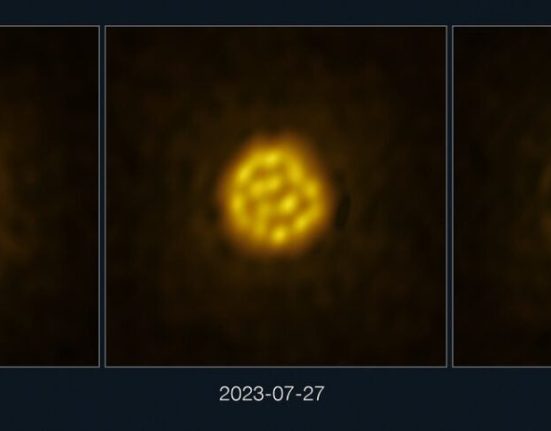
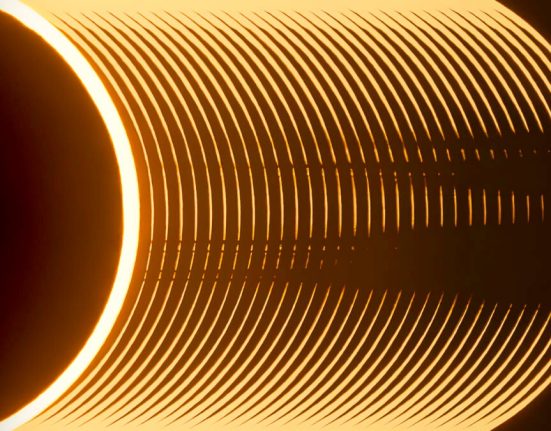
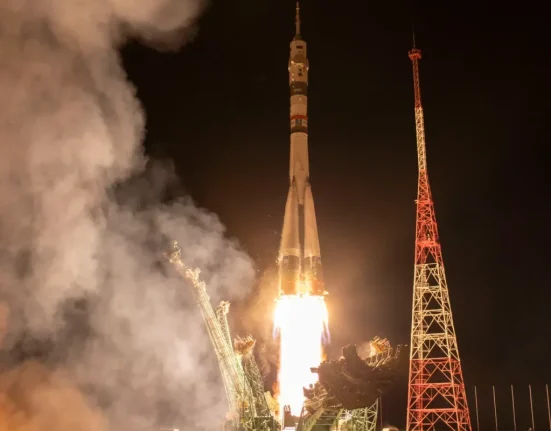
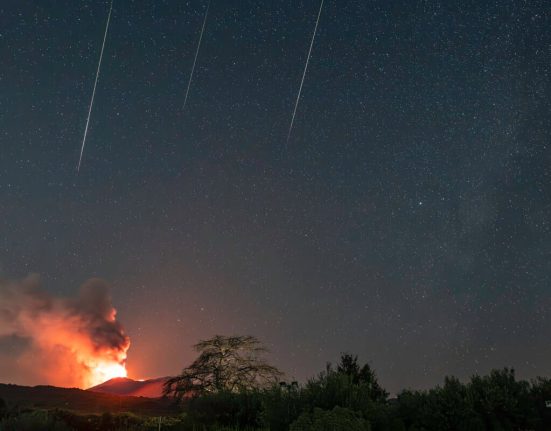
Leave feedback about this